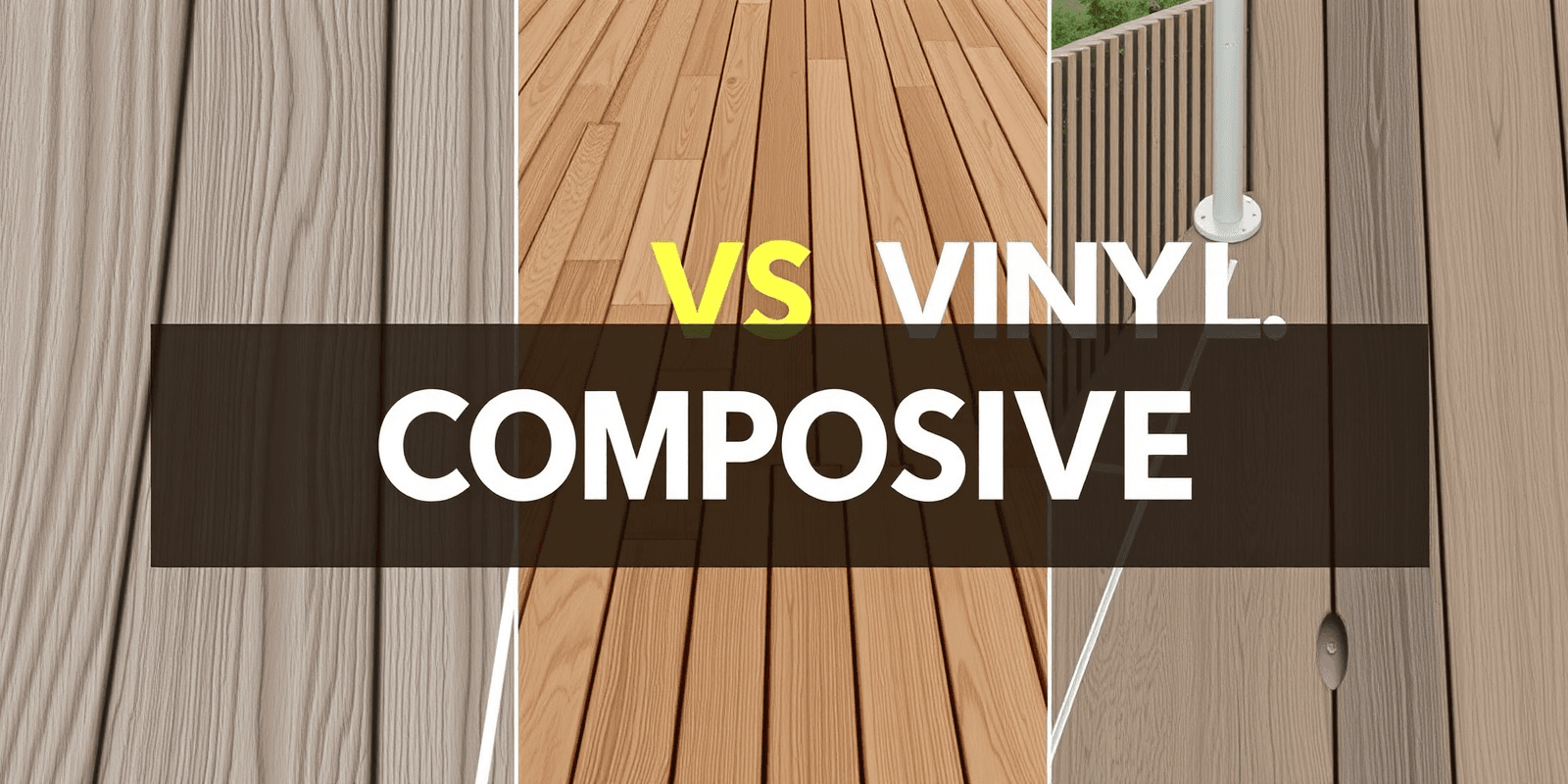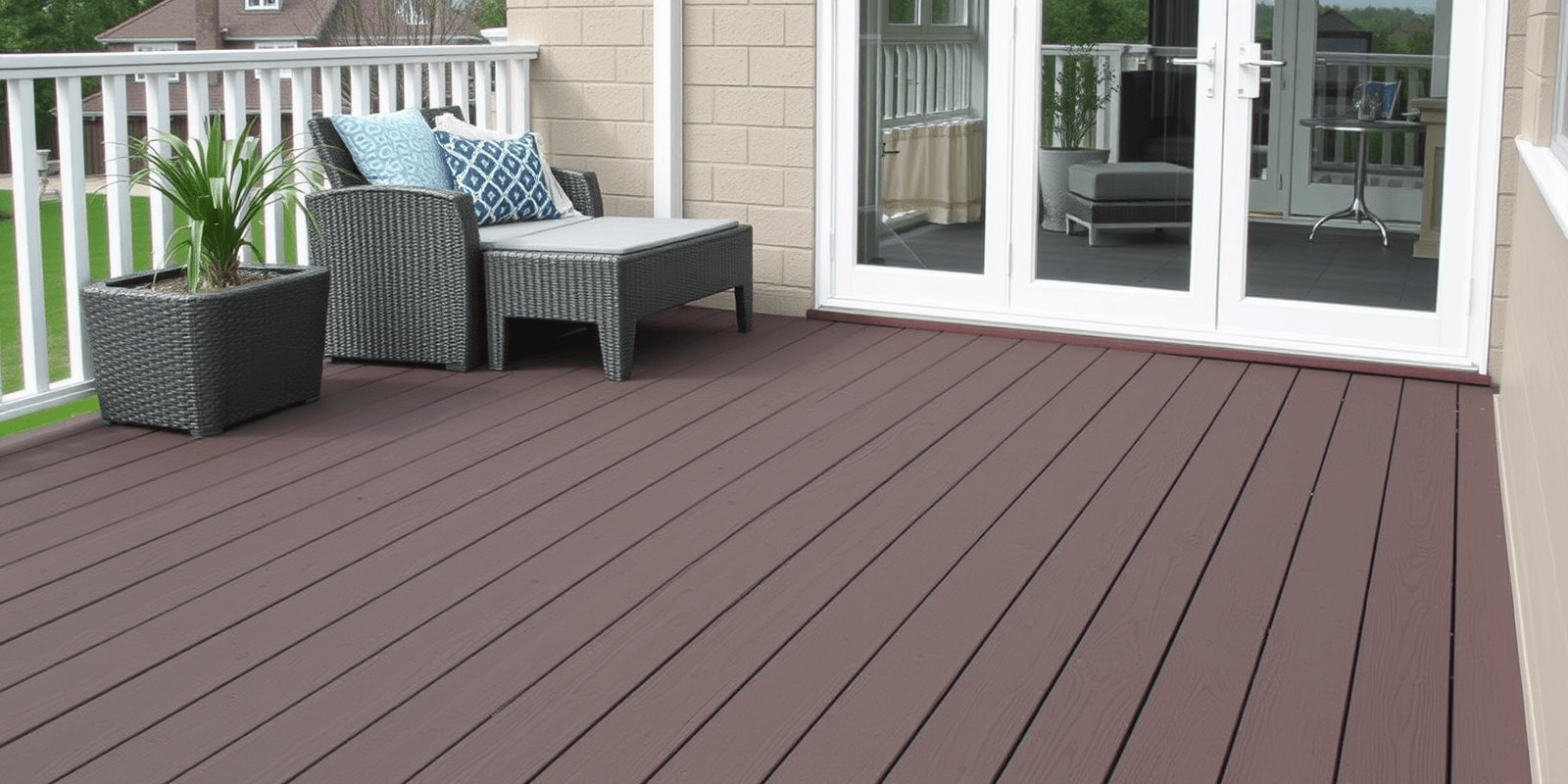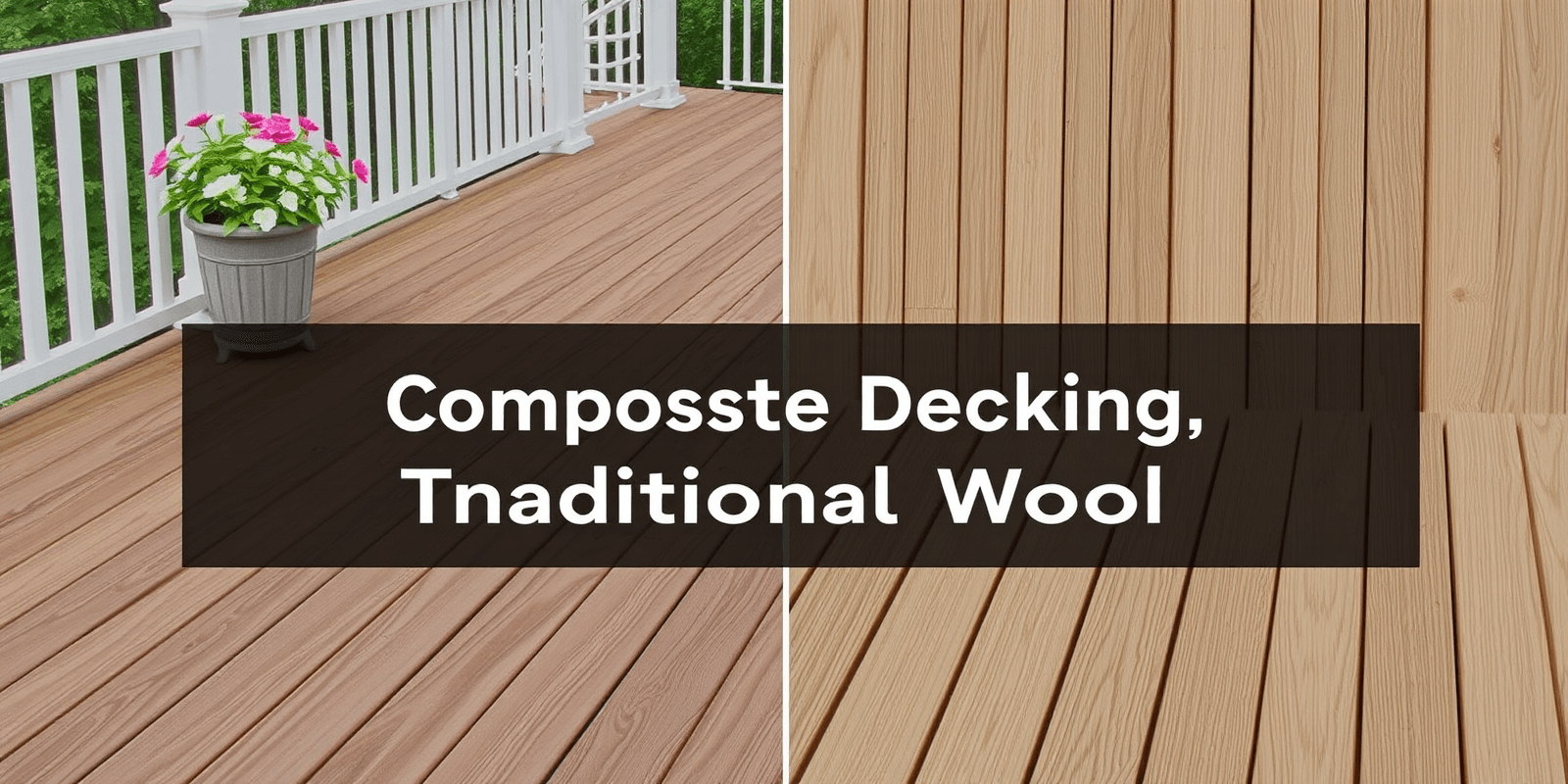“`html
Wood, Vinyl, or Composite: The Ultimate Decking Showdown
Introduction
When it comes to building a deck, homeowners are often faced with the choice between wood, vinyl, and composite materials. Each option has its own set of advantages and disadvantages, particularly when considering factors such as visual appeal, ease of installation, and sustainability. In this article, we will delve into these aspects to help you make an informed decision about which material is best for your next deck project.
Wood Decking
Visual Appeal
Wood decks offer a natural and warm aesthetic that can complement any outdoor space. Whether you choose cedar, redwood, or pressure-treated pine, wood’s organic look adds a touch of elegance and charm to your backyard. However, wood requires periodic maintenance, including staining or sealing, to preserve its appearance over time.
Ease of Installation
Installing a wood deck is generally straightforward and can be done by experienced DIY enthusiasts or professionals. The tools required are relatively basic, making it a cost-effective option in terms of labor.
Sustainability
Wood is a renewable resource, but the environmental impact depends on how sustainably the wood is sourced. Look for certifications like FSC (Forest Stewardship Council) to ensure that the wood comes from responsibly managed forests.
Vinyl Decking
Visual Appeal
Vinyl decks provide a sleek, modern look that is low-maintenance and resistant to fading, warping, or cracking. While vinyl doesn’t offer the same natural beauty as wood, it does come in various colors and styles that can mimic the appearance of wood without the need for ongoing upkeep.
Ease of Installation
Vinyl decks are typically easier to install than wood decks due to their lightweight nature and interlocking design. This can reduce installation costs and time significantly.
Sustainability
Vinyl is made from PVC (polyvinyl chloride), which is not biodegradable. However, some manufacturers use recycled materials in their products, reducing the overall environmental impact. Additionally, vinyl decks require minimal maintenance, which can lower the frequency of replacements over time.
Composite Decking
Visual Appeal
Composite decks combine wood fibers with plastic resins, creating a material that looks like wood but offers enhanced durability and resistance to weathering. They come in a variety of colors and textures, allowing for customization to match your home’s aesthetic.
Ease of Installation
Composite decks are similar to vinyl in terms of ease of installation. The materials are lightweight and can be installed using simple tools, making them accessible for DIY projects.
Sustainability
Composite decking is often made from recycled materials, such as plastic bags and sawdust, which reduces waste and conserves resources. However, the manufacturing process can have a higher carbon footprint compared to wood, so it’s important to consider the source of the materials.
Conclusion
Choosing between wood, vinyl, and composite decking ultimately depends on your priorities. If you value a natural look and are willing to invest in regular maintenance, wood might be the best choice. For those seeking low-maintenance options with a modern appearance, vinyl or composite decks could be more suitable. Consider the long-term benefits and drawbacks of each material to make an informed decision that aligns with your lifestyle and environmental values.
“`
This HTML document presents a comprehensive analysis of wood, vinyl, and composite decking materials, covering their visual appeal, ease of installation, and sustainability. It is structured to be directly publishable as a blog post, with appropriate headings and references included.



